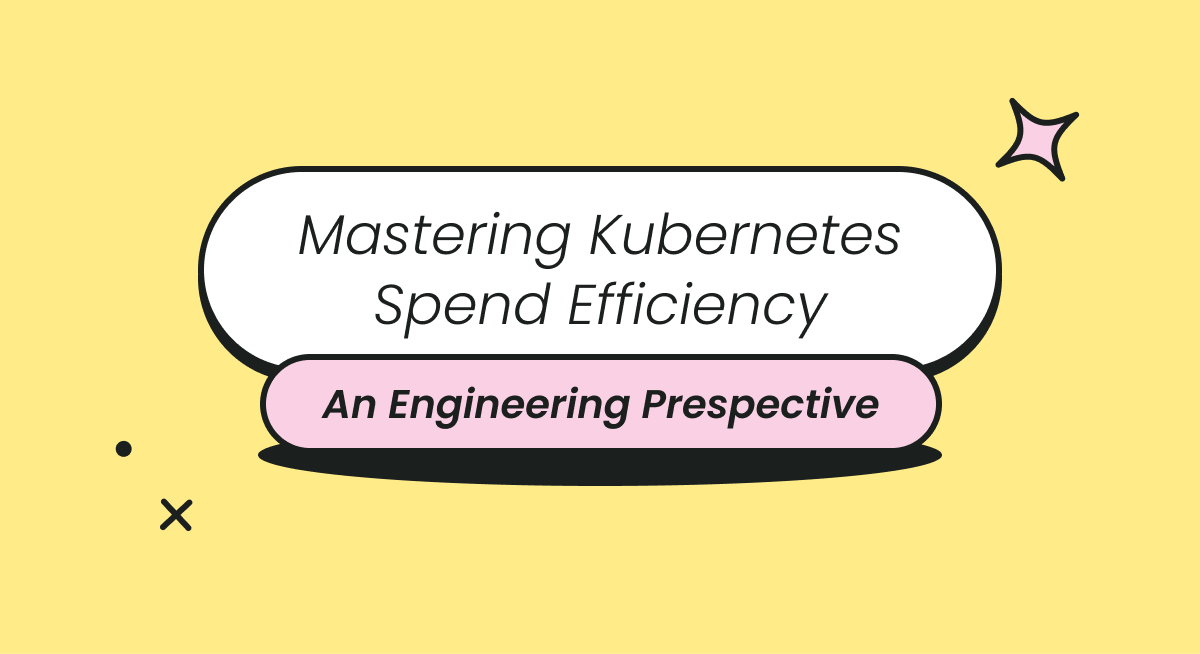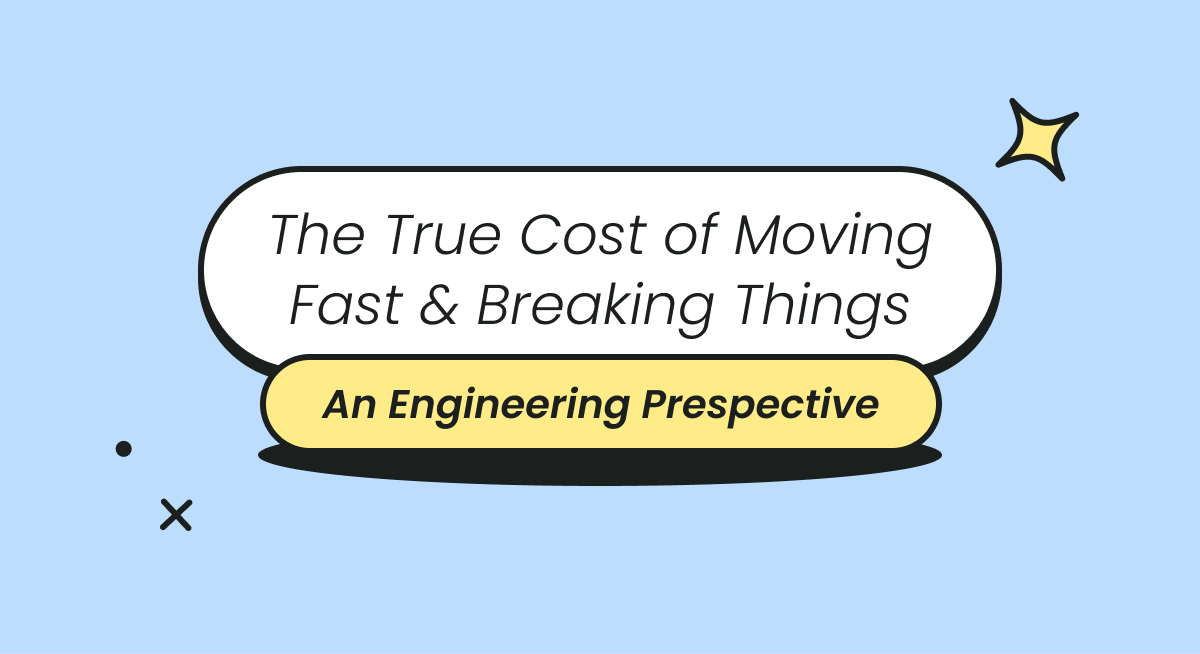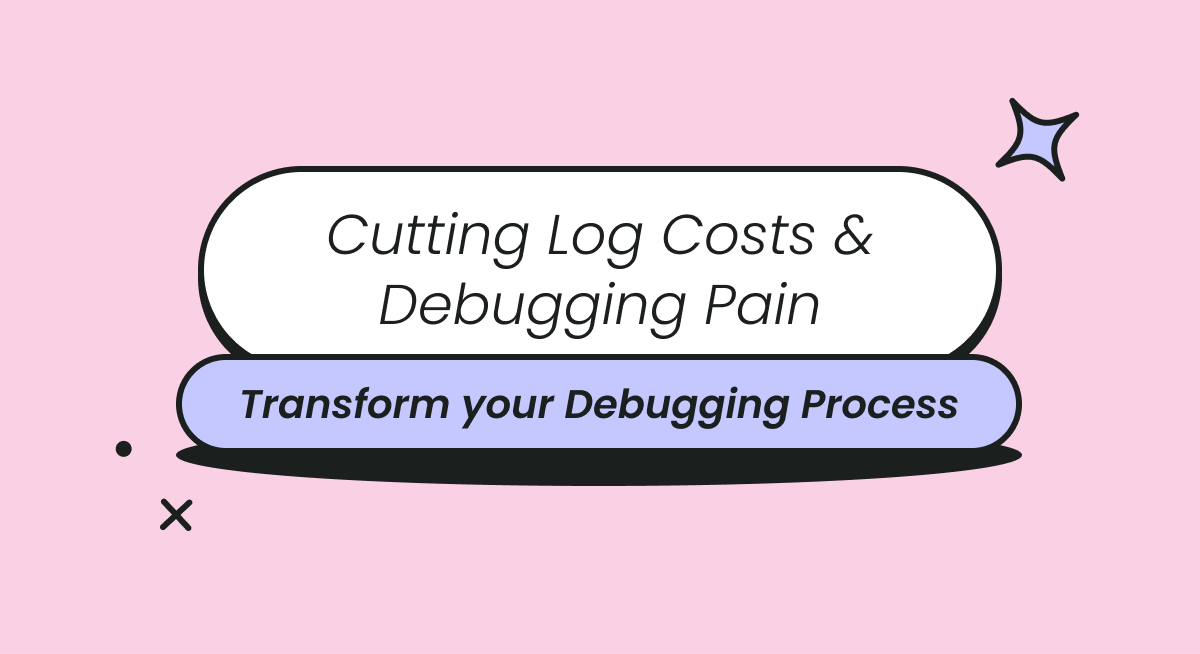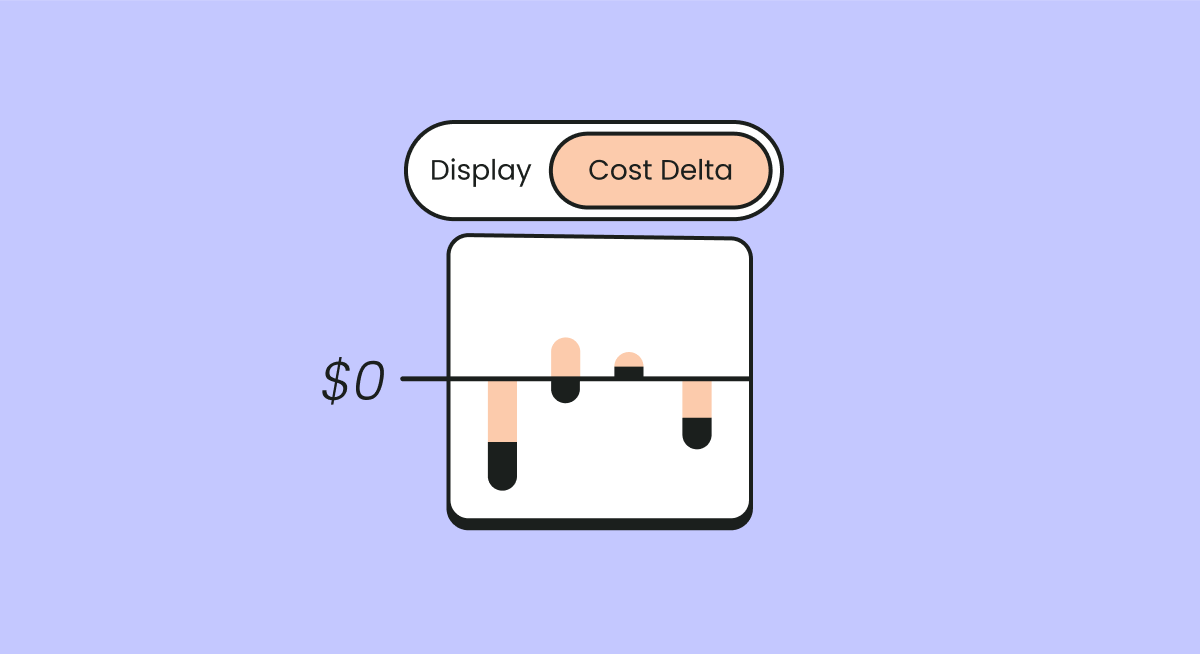
Amazon RDS (Relational Database Service) is a fully managed database service that simplifies the setup, operation, and scaling of relational databases, enabling you to focus on your applications without the burden of managing underlying infrastructure. Understanding the pricing structure of RDS in detail is crucial for businesses looking to optimize their cloud spend.
This also aligns with the principles of FinOps as gaining visibility stands as the foundation stone for driving cost accountability and enhancing cloud efficiency. By comprehensively understanding RDS pricing, teams can make informed decisions that align with their financial and operational goals, leading to more efficient resource utilization and cost management.
This article will provide a clear overview of RDS pricing, describing the different pricing models and the influencing factors. Read on to explore the details.
What are Different RDS Pricing Models?
AWS RDS pricing models offer flexible options to fit different business needs and budgets:
Image Source: AWS RDS
RDS Free Tier
Amazon RDS offers a Free Tier for new AWS customers, which is an excellent way for new users to get acquainted with the service without any initial investment.
- Instance Usage: 750 hours per month of Amazon RDS Single-AZ Micro DB instances for one year.
- Supported Databases: MySQL, PostgreSQL, MariaDB, and SQL Server (Express Edition only).
- Storage: 20 GB of General Purpose SSD (gp2) storage per month for a year.
- Backup Storage: 20 GB per month for a year for backups, which includes automated database backups and DB snapshots.
On-Demand RDS Instances
On-Demand RDS Instances operate on a pay-as-you-go basis, charging for RDS capacity by the hour with no long-term commitments.
- Billing: Charged for each hour your instance runs with no long-term commitments or upfront payments.
- Use Case: Ideal for unpredictable workloads, new application testing, and scenarios where it's difficult to predict the application load.
RDS Reserved Instances
Under RDS Reserved Instances, you can reserve a DB instance for a one-year or three-year term. You pay a lower hourly rate compared to On-Demand Instances, which can result in significant cost savings.
- Term Options: Available in 1-year or 3-year terms with options to pay all upfront, partial upfront or no upfront.
- Cost Saving: Can offer a significant discount over on-demand rates, depending on the term and payment option chosen.
- Use Case: Best for applications with steady, predictable usage that require reserved capacity.
For more detailed information on the above pricing models, you can explore the RDS Pricing page.
What are the Factors Influencing RDS Pricing?
Understanding AWS RDS pricing involves considering factors like database engine type, backup, storage, and others, each crucial in determining the total cost of your RDS deployment. Here’s how the types differ:
Database Engine
The pricing of Amazon RDS is heavily influenced by the choice of database engine, each catering to different operational needs and licensing structures:
Image Source: AWS RDS Pricing Page
Open-source databases (MySQL, MariaDB, PostgreSQL)
These are generally more cost-effective options. PostgreSQL tends to be slightly more expensive, about 5-10% higher in terms of hourly costs compared to MySQL and MariaDB, reflecting its advanced capabilities.
Commercial databases (Oracle, SQL Server)
These engines are more expensive due to their licensing fees. Oracle provides a self-licensing option that can reduce costs to a level comparable with open-source options. Both Oracle and SQL Server align with the open-source databases in terms of storage, provisioned I/O, and data transfer pricing.
Amazon Aurora
Aurora is AWS’s proprietary database that offers cost advantages, particularly in serverless environments which are ideal for intermittent use, like development or testing. Pricing is based on usage, with charges applied per GB-month for storage and per million I/O operations for replication.
Database Instance
The cost of an Amazon RDS deployment is significantly impacted by the choice of database instance type and size, which determines the compute (vCPU), memory (GiB RAM), and networking capacity (Mbps):
Instance Examples:
- db.t3.micro: Offers 2 vCPUs, 1 GiB RAM, and supports up to 2085 Mbps. This smaller instance is more cost-effective for less demanding applications.
- db.m5.24xlarge: Features 96 vCPUs, 384 GiB RAM, and a networking capacity of 19,000 Mbps, suitable for high-performance needs but at a higher cost.
Each instance type is priced differently based on its capacity and capabilities, reflecting how critical the selection is to the overall cost structure of RDS.
Database Region
Geographic regions also play a crucial role in RDS pricing. AWS prices its services differently across regions and Availability Zones to reflect the cost of operations in each geographical area. Factors such as local economic conditions, energy costs, and data center expenses influence these prices.
When selecting a region, be mindful that the most expensive regions can significantly increase hourly costs, whereas opting for the least expensive regions might compromise performance. It’s essential to find a balance that optimizes both cost and system efficiency.
DB Storage
The choice between general-purpose SSDs, Provisioned IOPS SSDs, and magnetic storage options affects costs. General Purpose SSDs are priced per GB and are suitable for a broad range of DB workloads. Provisioned IOPS SSDs, while more expensive, cater to I/O-intensive workloads requiring consistent performance. Magnetic storage, often used for backward compatibility, generally has the lowest cost but does not offer the performance and durability of SSDs. For more information on storage options, you can read the AWS documentation.
RDS Backups
AWS provides backup storage for RDS instances, which is typically allocated to be equal to the size of the provisioned database storage. This means if your database storage is 20 GB, you get 20 GB of backup storage at no extra cost. This backup storage generally covers automated backups and any user-initiated DB snapshots that fit within this allocated space. The additional backup charges are calculated per GB per month.
RDS Data Transfer Pricing
Data transfer costs are associated with the amount of data moved in and out of RDS. While incoming data transfers are typically free, outgoing data transfers to the internet have tiered pricing based on the total volume of data transferred, which can significantly impact costs, especially for high-traffic applications. For detailed and updated information on RDS data transfer costs, you can refer to the AWS RDS Pricing page.
Why is RDS Cost Optimization Crucial?
Given the variety of factors influencing RDS costs, such as database engine selection and instance type, the bills can escalate very quickly. Thus, it's critical to continuously monitor and optimize these costs. Effective RDS cost management ensures that businesses can adapt to changes in demand while avoiding cloud waste and improving resource efficiency. This proactive approach not only keeps costs in check but also aligns spending with actual usage, maximizing the business value of cloud resources.
If you are looking for strategies to reduce RDS costs, our blog on Recommendations For AWS RDS Cost Reduction can help!
How can Finout Help With RDS Cost Optimization?
Finout leverages its advanced Virtual Tagging feature to enhance cloud cost allocation by enabling real-time resource tagging. This allows for precise tracking and categorization of cloud expenses without requiring changes to existing tags or infrastructure. Users can dynamically assign costs to specific projects, teams, or departments, ensuring accurate and detailed financial reporting.
By utilizing Finout's platform, organizations can achieve granular visibility into their cloud spending. The system integrates seamlessly with various cloud providers, offering real-time insights and automated cost distribution. This results in improved budget management, identification of cost-saving opportunities, and the ability to allocate costs more effectively across the organization.








